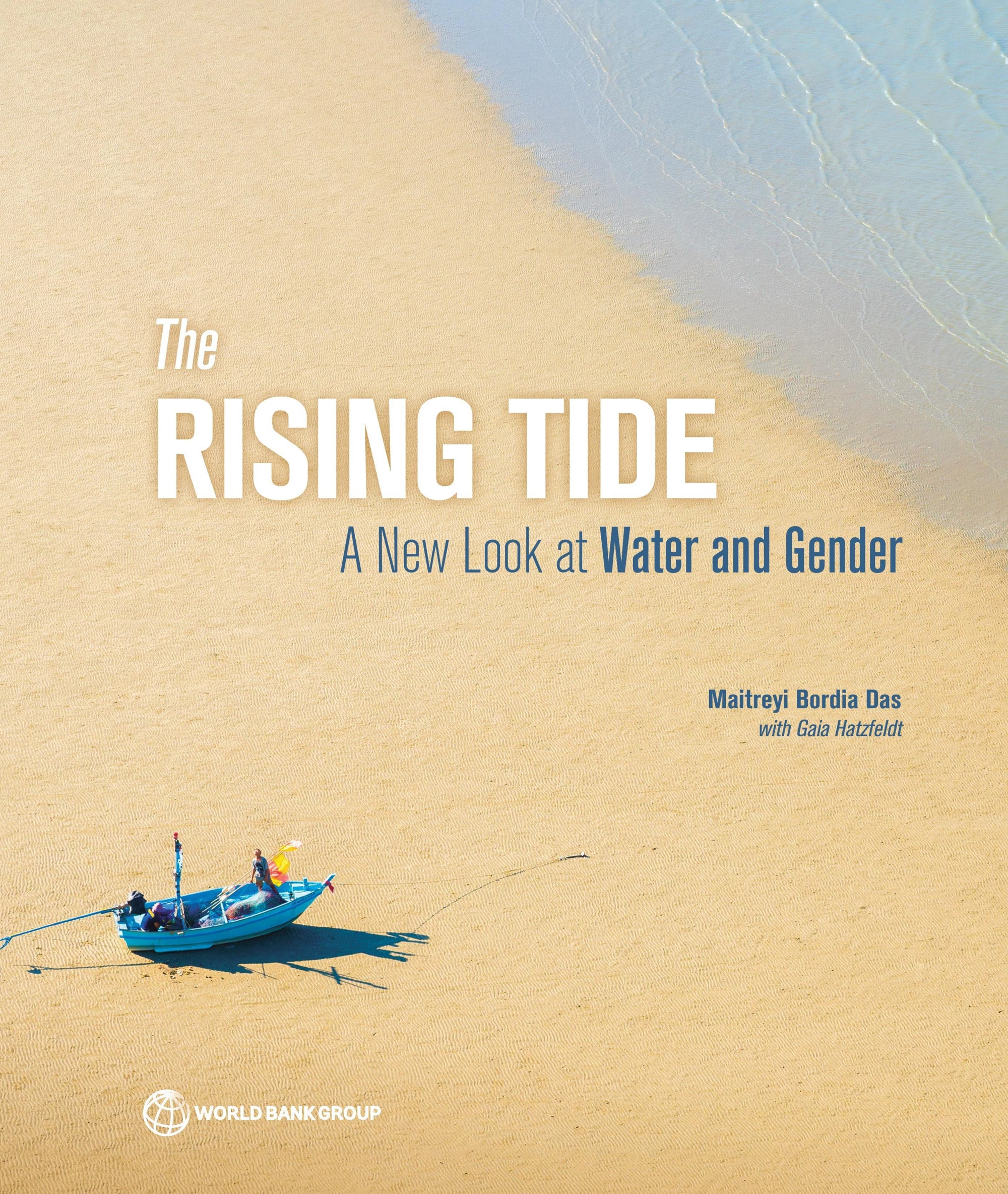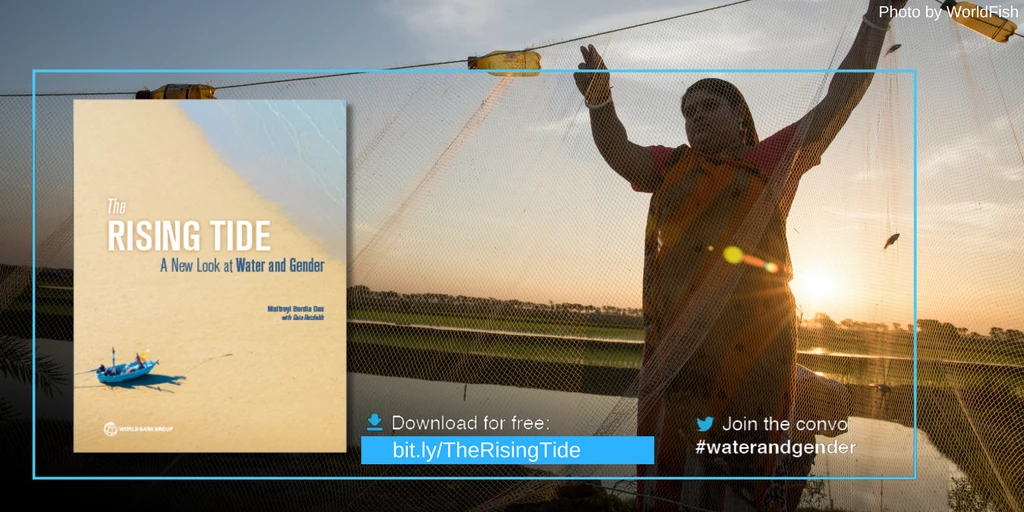On a busy street corner in Nairobi, Kenya, Abuya uses water to prepare and cook the food she sells to passersby. At the market in Hyderabad, India, Dimah splashes water on her fruit and vegetables to keep them fresh. In the make-shift hair-cutting salon in her basement in Medellin, Colombia, Isabela uses water to wash her customer’s hair.
These are daily routines for women-owned informal micro-businesses that all have in common a dependence on water. In situations of water insecurity, such entrepreneurs often have to walk long distances to fetch water, wait in line in public water kiosks, or hire others to provide water for them. In extreme instances, the lack of water forces them to close down their businesses altogether, stifling entrepreneurship.
We all know that water is critical for life and that water shortages have detrimental effects on people’s health and development. But what we think about less is the role that water plays specifically in jobs. And that many of these jobs are deeply gendered. This was the message conveyed by Martha Chen, from Women in Informal Employment: Globalizing and Organizing (WIEGO) during last year’s World Bank Water Week. Her presentation highlighted that access to water is a key determinate of the productivity for women entrepreneurs in the informal sector – just as we’ve seen in the above examples, in fact.

between gender and water.
Let’s look at agriculture. It’s heavily dependent on water and continues to be the most important source of employment for women in low-income and lower-middle-income countries. However, the types of activities that women take up in agriculture vary, with women more likely to work in rice cultivation in some contexts, but be excluded from cultivating certain crops elsewhere. Irrigation, crucial for agricultural production, is often the exclusive domain of men because women lack the formal rights to land and water resources. But there are many exceptions to this, and female farmers in many places adopt irrigation technologies at high rates.
Similarly, with fishing. Although women tend to occupy mainly lower-paying processing roles in the fishing value chain, this is not always the case. In many countries, women may own boats, hire male crew, and even invest in fishing trips in return for a guaranteed supply of the fish caught. In some cultures, however, superstitions prohibit women from boarding fishing boats, as they are thought to bring bad luck to the fishermen.
Unpaid work is another area where gender dynamics play out in complex ways. In many parts of the world, it is primarily women who are responsible for carrying and managing water for domestic purposes, activities that are time consuming and unremunerated. Indeed, in Sub-Saharan Africa alone, women and girls spend 40 billion hours a year collecting water. Improving women’s access to water infrastructure is likely to relieve them of this burden.
However, what women end up doing instead, depends on their context. In some instances, freed up time may increase women’s participation in paid employment or in leisure activities. In other instances, however, the time saved may be reallocated to other household chores or to unpaid manual tasks.
All these examples illustrate that much of water-related work, whether in urban micro-businesses or in the rural primary sector, is gendered. But how this inequality plays out is intricate, unexpected and context-specific. We hope The Rising Tide can help policymakers and practitioners think about these dynamics in a different way.



Join the Conversation